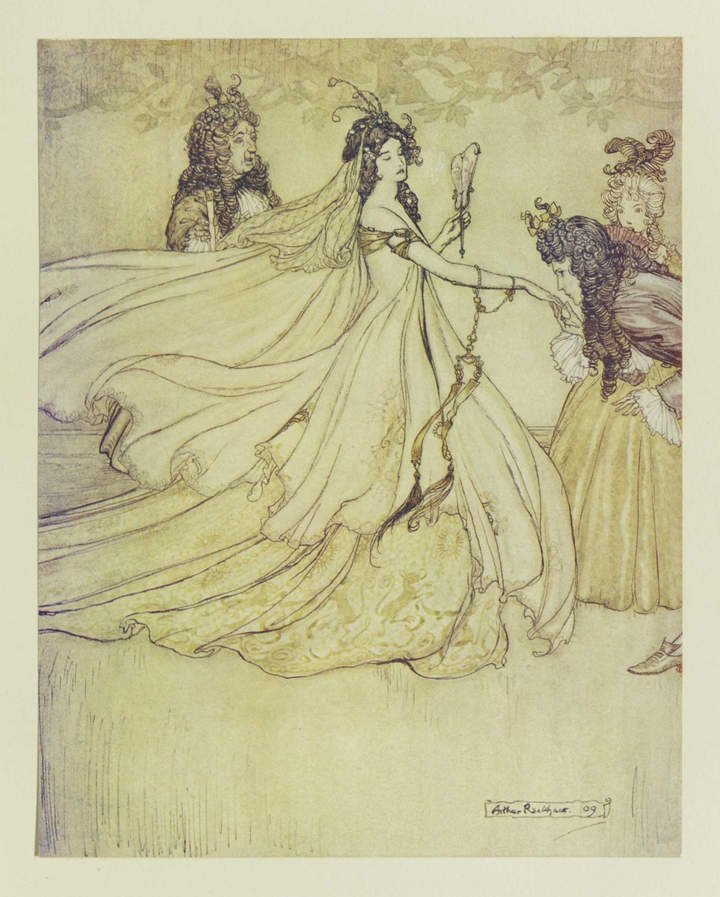Fairy Tales: a Soul Nourishment
In autumn, as leaves fall and light softens to gold, fairy tales become inner beacons: bridges between the seen and unseen, stories that speak to the heart and accompany the child and adult on their journey.
In fairy tales the human essence is restored in all its parts: the king represents the mature Self, the prince the evolving Self, the princess the soul to protect. The challenges, dragons, trials mirror inner dimensions waiting to be acknowledged.
Through symbolic narrative, the child can explore emotions (fear, courage, faith) and receive moral orientation without explicit preaching.
Thus fairy tales become a powerful pedagogical tool:
they immerse the listener into archetypal realms that help give meaning to inner change.
Choosing Tales by Age
0–3 years
Simple nature stories, repetitive sequences, easy rhythm, predictable structure.
Sweet Porridge (Grimm, 103)
Goldilocks and the Three Bears (Russian)
Little Louse and Little Flea (Spindrift)
The Turnip (Russian)
The Mitten
Little Madam (Spindrift)
The Gingerbread Man
The Johnny Cake (English)
The Hungry Cat (Norwegian, Plays for Puppets)
The Red Pot
Funny Bunny Rabbit
4–5 years
Sequential and lighter tales
Billy Goats Gruff (Norwegian)
Three Little Pigs (English;
Wolf and Seven Kids (Grimm, 5)
Mashenka and the Bear (Russian, Plays for Puppets)
The Shoemaker and The Elves (Grimm, 39)
The Magic Wrap
The Golden Lantern
5–7+ years
More elaborate tales with deeper inner challenges.
Star Money (Grimm, 153)
Frog Prince (Grimm, 1)
Mother Holle (Grimm, 24)
Little Red Cap (Grimm, 26)
Bremen Town Musicians (Grimm, 27)
Golden Goose (Grimm, 64)
Spindle, Shuttle and Needle (Grimm, 186)
Hut in the Forest (Grimm, 169;
Queen Bee (Grimm, 62)
Snow Maiden (Russian, Plays for Puppets)
The Seven Ravens (Grimm, 25)
Snow-White and Rose Red (Grimm, 161)
Little Briar Rose (Grimm, 50)
Princess in the Flaming Castle (this Newsletter)
The Donkey (Grimm, 144)
Rumpelstiltskin (Grimm, 55)
Snow-White and the Seven Dwarves (Grimm, 53)
Hansel and Gretel (Grimm, 15)
Jack and the Beanstalk
Over 7 years
Tales with sorrow, transformation, and complexity: the listener can enter the symbols fully.
Jorinda and Joringel (Grimm, 69)
Brother and Sister (Grimm, 13)
Cinderella (Grimm, 21)
Rapunzel (Grimm, 12)
The Water of Life ( Grimm’s)
The Fishermen and his Wife ( Grimm’s)
King Thrush beard ( Grimm’s)
Alladin
King Midas
The Pied Piper
The Twelve Dancing Princesses
A crucial insight: the storyteller’s relation to the tale matters deeply. When the narrator loves a tale, that love builds a bridge even if the tale is more demanding than usual for the age group.
We can sit on a sofa, beside a fireplace and softly tell a classic fairy tale. Putting some thoughts into choosing an original version, beautifully translated, is essential. Told on an autumn evening by candlelight or hearth, these tales radiate warmth, mystery, and the strength of change for children and adult alike.
How to Tell a Tale with Care
For small children, speak slowly, with clear consonants in a calm unconsequential way, without eccessive interpretation: strong emotional color, possibly too intense for very young ears.
Repetition: children often ask for the same story again and again — this repetition builds rich inner imagery and familiarity with symbolic substance.








